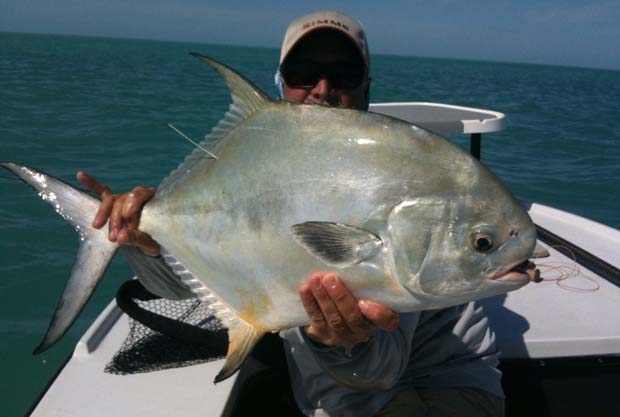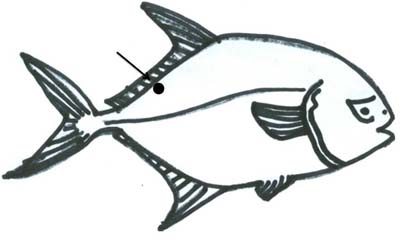[dropcap]C[/dropcap]osta Del Mar has agreed to fund and support a multi-year, statewide tagging study of Permit in Florida. A donation of $15,000 in the first year will allow us to purchase thousands of tags and materials for tagging kits, and will go a long way toward researching permit movements and the fishery.
This project will allow us to work with Florida Fish and Wildlife Conservation Commission to capture some of the information that is currently missing from state fisheries data. Permit tagging is a Florida statewide research program and relies on volunteer angling efforts to tag and recapture permit. Costa Del Mar will be working hard with BTT to promote the program, get guides and anglers involved, and get the word out about what we’re doing. We’re indebted to Costa Del Mar and can’t thank them enough for their financial support of our vital research and conservation initiatives.
Thank you for offering your time and effort to tag permit for the Costa Del Mar Permit Tagging Research Program. The information from tagging and recapture of tagged permit will provide information on movement patterns and growth rates.
The tagging kit includes: tags, a tag applicator, datasheet for recording tagging, a pencil, measuring tape and tagging instructions.
Tagging a Permit:
- It is best to have two people present when tagging permit to reduce time needed to tag and to reduce handling time. Some anglers and captains experienced in tagging are able to tag permit solo.
- Have the tag inserted into the applicator and ready to go before landing the permit.
- If possible, keep the permit in the water during the tagging process.
- Measure the fish.
- Use the tip of the tag and applicator to scrape away one or two scales. This provides easy entry of the tag.
- Push the tag applicator into the fish with a swift motion.
- Insert the tag far enough to allow the barb to become lodged in the bones (called pterygiophores) descending from the dorsal fin.
- Sometimes a slight “click” can be felt as the barb slides over a bone and locks behind it. Please be sure the barb on the tag is fully inserted into the bones. A tag that is only in the meat of the fish will eventually fall out.
- Pull back on the applicator to remove it from the fish. Give the tag a slight tug. If set correctly, you should see a small section of dorsal musculature move on the other side of the dorsal fin.
- Make sure you note the tag number!
- Record the data on the enclosed data sheet.
Care and storage of the tags:
The tags should not be subjected to heat (such as prolonged direct sunlight). Keep in a location protected from prolonged sun exposure and heat.

First tagged permit of the Costa Del Mar Permit Tagging Program at March Merkin Tournament in Key West, Florida. John Ain photo.
Care of the tag stick:
The tip of the applicator should be kept sharp to a V point. Store the applicator so the point is protected to prevent bending or dulling the point.
If you would like to be on the list of guides and anglers who receive a tagging kit, please visit the Project Permit site and sign up for a tagging kit. The tagging kit includes: tags, a tag applicator, datasheet for recording tagging, a pencil, measuring tape and tagging instructions.
In advance, thank you for offering your time and effort to tag permit for the Costa Del Mar Permit Tagging Research Program. The information from tagging and recapture of tagged permit will provide information on movement patterns and growth rates.
Join Bonefish & Tarpon Trust and stay abreast of conservation helping you.


